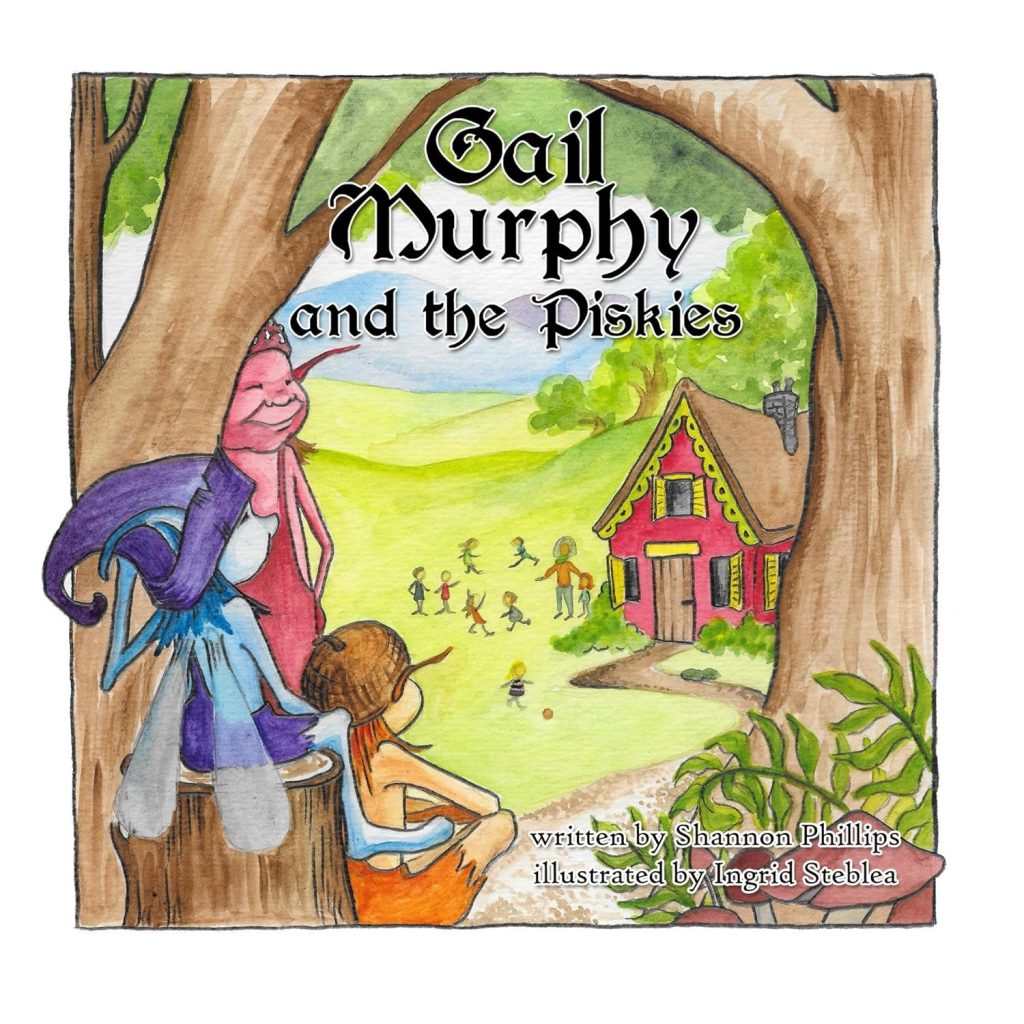The New York Times has a good summary of the current state of research into weight loss, and why so few people (five percent is probably a generous estimate) who attempt to lose a significant amount of weight will succeed in doing so over the long term.
When I turned 30, my metabolism changed and I began putting on weight very rapidly. I gained about thirty pounds in a year. Alarmed, I tried every sort of diet—low fat, low carb, calorie-counting, periods of fasting—and managed lose five or ten pounds at a time only to see them inexorably creep back. My pregnancies exacerbated the problem. At 35, I’m about a hundred pounds overweight. I’m not sedentary—I walk three miles in the course of my daily routine, taking Robin to school and picking him up—and I cook healthy meals for our family based on the week’s batch of fresh vegetables from our CSA box. I don’t drink soda, I don’t eat junk food. Everyone but me in our household has no trouble keeping to a “normal” weight. By every measure other than weight (blood pressure, cholesterol, etc) I’m quite healthy. But the fat has been a torment.
There is this myth in our culture that weight loss is easy, that it just takes a bit of self-discipline. That’s demonstrably not true.
Kelly Brownell, director of the Rudd Center for Food Policy and Obesity at Yale University, says that while the 10,000 people tracked in the registry are a useful resource, they also represent a tiny percentage of the tens of millions of people who have tried unsuccessfully to lose weight. “All it means is that there are rare individuals who do manage to keep it off,” Brownell says. “You find these people are incredibly vigilant about maintaining their weight. Years later they are paying attention to every calorie, spending an hour a day on exercise. They never don’t think about their weight.”
Janice Bridge, a registry member who has successfully maintained a 135-pound weight loss for about five years, is a perfect example. “It’s one of the hardest things there is,” she says. “It’s something that has to be focused on every minute. I’m not always thinking about food, but I am always aware of food.”
My friend Jessie pointed out something, years ago, that I thought was incredibly smart. She said you can tell just by looking at a newsstand that weight loss isn’t something most people have control over. If there were a known, reliable, hard-but-doable method for losing weight—if it really came down to “eat less and exercise more” in a way as simple and moderate as that formulation makes it sound—then there wouldn’t be the constant proliferation of magic powders, recipes, diets, and other snake oil peddled to the fat.
I mean, compare it to giving up cigarettes. Everybody understands that quitting smoking is hard, but doable. It takes self-discipline, it takes a program, and there are medicines that can help. There’s this idea in our culture that losing a large amount of weight takes roughly the same amount of effort. But do you see people on the cover of magazines: I Gave Up Cigarettes in Six Months—and You Can Too! Or This Woman Gave Up Two Packs a Day! How She Did It Page 58? Do you see it every time you pass a magazine rack, cover after cover, month after month, year after year—always peddling a slightly different “secret”?
No. You do not, because those people, the people who successfully kick a nicotine addiction, are not news. They are common. And there are no “secrets” to ditching cigarettes because there actually are known, reliable, hard-but-doable methods that work.
By contrast, the people who make the covers of magazines, standing in their old fat pants and proudly holding out the waistband two feet from their tummies: they are newsworthy because they are rare. Someone like Jared the Subway Guy can get a lucrative corporate sponsorship deal for his weight loss precisely because it’s not something anybody could do. If it were, everyone would know a Jared, he wouldn’t be exceptional, and the company would have no reason to spend a lot of money making him famous. The media can perpetually sell weight-loss “secrets” because there is no known, tested, reliable, repeatable weight-loss method that actually works for the majority (or even a large minority) of people who try it.
It’s not that weight loss is impossible. People do it. All of these fad diets, they’ve worked for some people. Not many, but some. “Eat less and exercise more” works too, if by that you mean eating much, much less, and spending hours working out, every day, forever.
“I think many people who are anxious to lose weight don’t fully understand what the consequences are going to be, nor does the medical community fully explain this to people,” Rudolph Leibel, an obesity researcher at Columbia University in New York, says. “We don’t want to make them feel hopeless, but we do want to make them understand that they are trying to buck a biological system that is going to try to make it hard for them.”
Leibel and his colleague Michael Rosenbaum have pioneered much of what we know about the body’s response to weight loss. For 25 years, they have meticulously tracked about 130 individuals for six months or longer at a stretch. The subjects reside at their research clinic where every aspect of their bodies is measured. Body fat is determined by bone-scan machines. A special hood monitors oxygen consumption and carbon-dioxide output to precisely measure metabolism. Calories burned during digestion are tracked. Exercise tests measure maximum heart rate, while blood tests measure hormones and brain chemicals. Muscle biopsies are taken to analyze their metabolic efficiency. (Early in the research, even stool samples were collected and tested to make sure no calories went unaccounted for.) For their trouble, participants are paid $5,000 to $8,000.
Eventually, the Columbia subjects are placed on liquid diets of 800 calories a day until they lose 10 percent of their body weight. Once they reach the goal, they are subjected to another round of intensive testing as they try to maintain the new weight. The data generated by these experiments suggest that once a person loses about 10 percent of body weight, he or she is metabolically different than a similar-size person who is naturally the same weight. The research shows that the changes that occur after weight loss translate to a huge caloric disadvantage of about 250 to 400 calories.
There are also changes that occur in the brain, to actually heighten the effect of food cravings and to simultaneously weaken the control systems that allow us to resist such cravings.
Another way that the body seems to fight weight loss is by altering the way the brain responds to food. Rosenbaum and his colleague Joy Hirsch, a neuroscientist also at Columbia, used functional magnetic resonance imaging to track the brain patterns of people before and after weight loss while they looked at objects like grapes, Gummi Bears, chocolate, broccoli, cellphones and yo-yos. After weight loss, when the dieter looked at food, the scans showed a bigger response in the parts of the brain associated with reward and a lower response in the areas associated with control. This suggests that the body, in order to get back to its pre-diet weight, induces cravings by making the person feel more excited about food and giving him or her less willpower to resist a high-calorie treat.
In other words, once you’ve lost the weight, you will never be able to eat as much as a person who is “naturally the same weight,” and you will never stop being hungry. Under those conditions, yes, most people can’t sustain significant weight loss even if they do manage to take the weight off in the first place. I keep saying “significant” because these biological systems don’t seem to kick in for someone who just needs to lose the ten pounds they put on over the holidays, which is one reason why people who’ve successfully dieted to lose five or ten pounds don’t understand why the truly fat can’t slim down.
I have not given up on losing weight. I agonize every day, over every thing that I put in my mouth. Basically, I struggle to keep my weight stable and I look forward to the day when there will be real medicine to counteract the biological, neurochemical mechanisms that inhibit substantial weight loss. I also desperately wish that our culture would accept that fact that fat people are not simply lazy and weak-willed. It’s not like quitting smoking, it’s not something that just requires a significant but temporary amount of self-discipline. Nor is it, as the “eat less and exercise more” formulation suggests, something that just requires moderate and reasonable lifestyle changes. It’s something that requires complete dedication, forever, and there’s a complex mix of genetic and environmental factors that makes it more difficult for some than for others. And it’s time our society moved beyond the magazine-cover snake-oil stage and started looking at fat in a realistic way.












